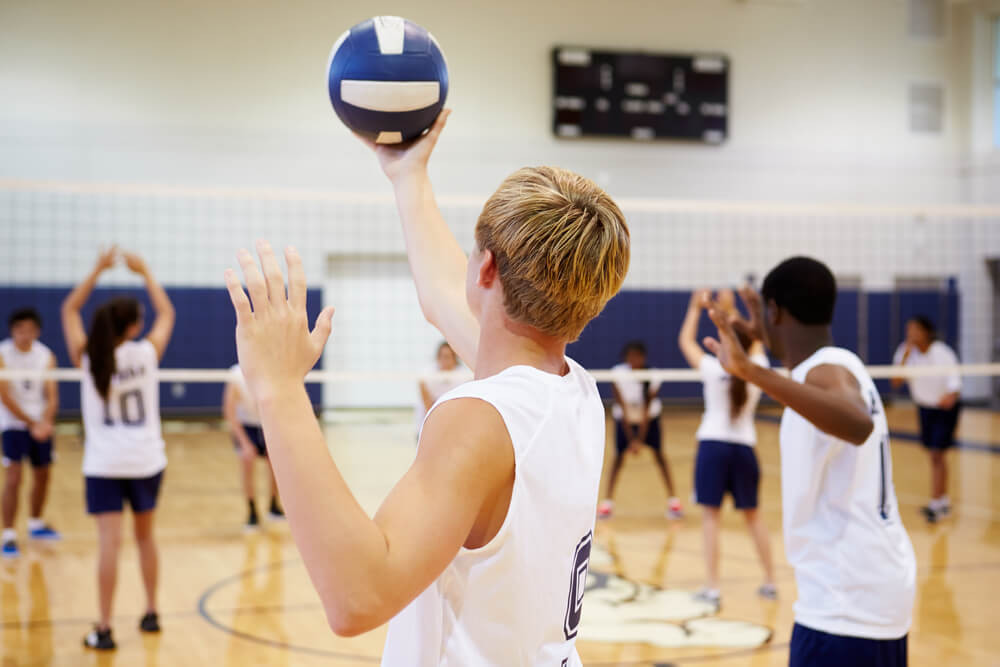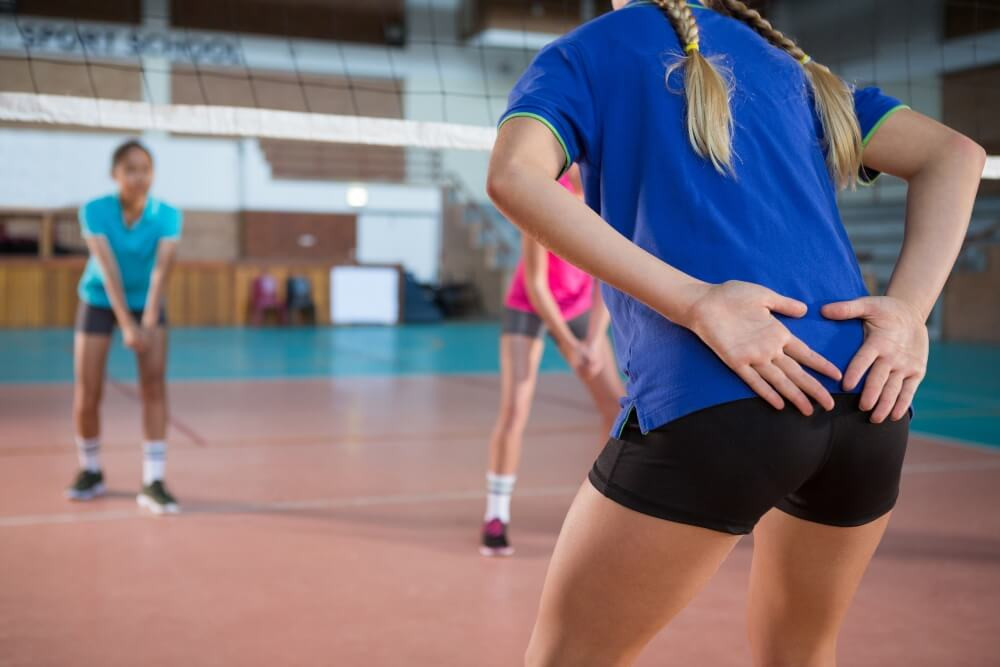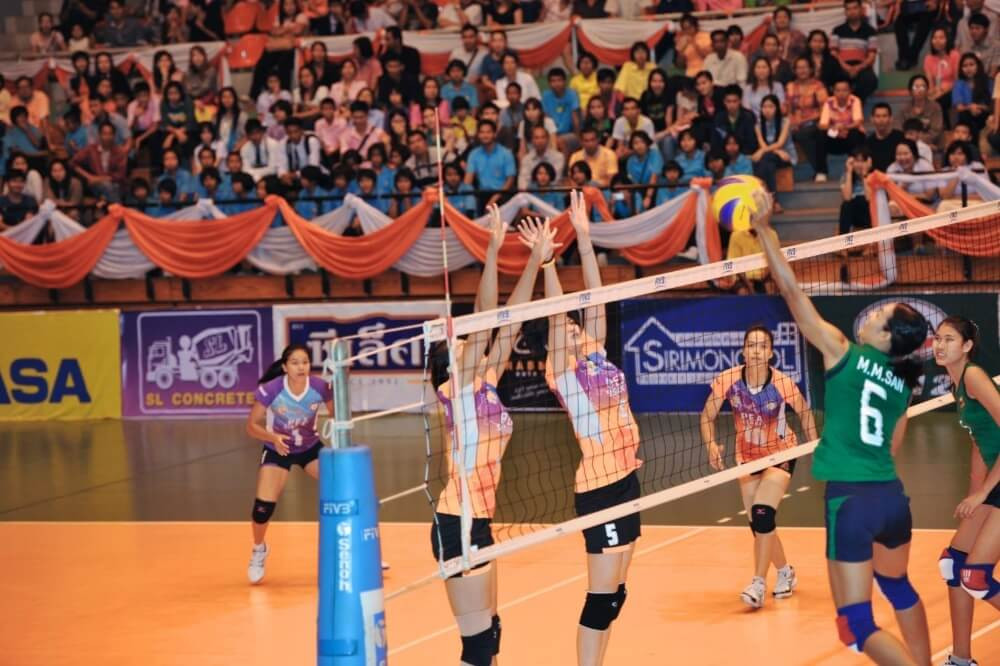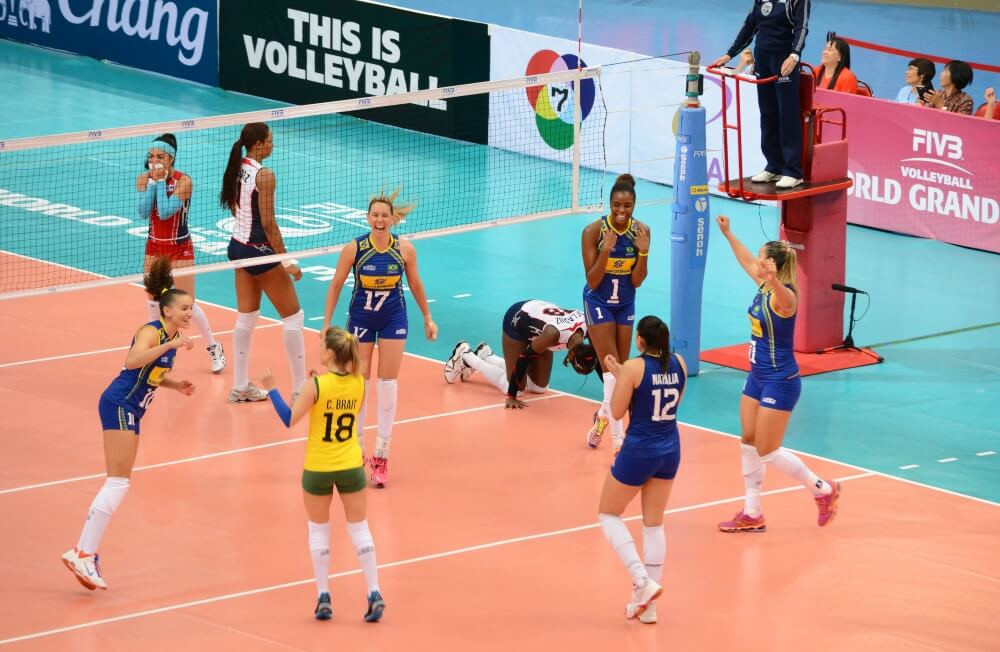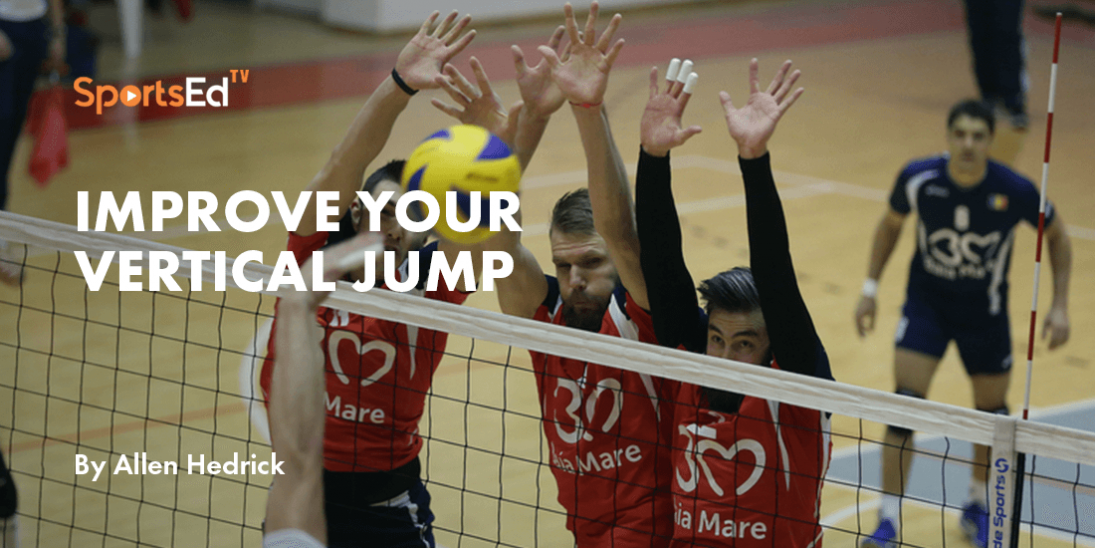Volleyball
Welcome and thanks for visiting...

How Volleyball Rules Impacted the Game
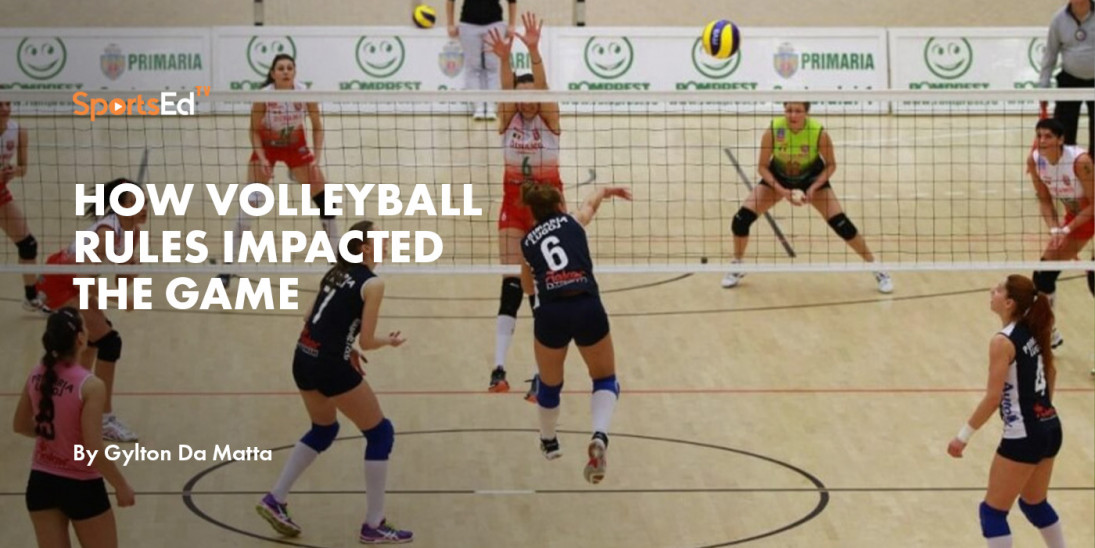
The volleyball is one of the most popular and complex sports in the world.
One of the reasons for such popularity is volleyball is simple sport to play though blended with very complex and diverse rules.
Volleyball rules! Has a double meaning. On one hand, it relates to the rules of the game and on the other hand, it represents a cool sport that continues to grow in the 21st Century.
In a previous blog, we addressed that the complexity of the game requires specific rules that directly relate to the complexity of the actual game. Psychologically, what makes volleyball so attractive is the fact that it is such a challenging game to play. As a net game, each rally happens against the speed of gravity and most of its participants understand its rules in depth and in breadth.
In 1999, we examined the extent volleyball players understood the rules of the game and concluded that volleyball players know a considerable amount, but spectators want to know and understand the game better. (Da Matta & Turner, 1999).
This blog is to examines the critical volleyball rules and the evolution of the game throughout history.
Rules changes, creation across time and its implications
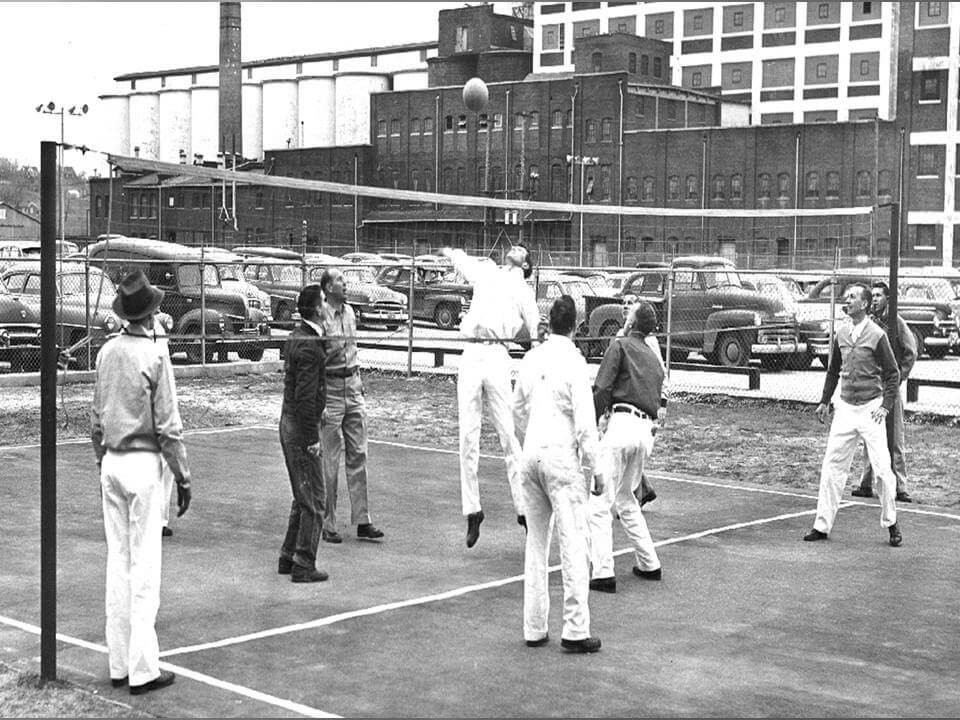
Figure 1. The Volleyball Foundation.
In 1917, during a process of consolidation of volleyball rules, the volleyball net was established to be 2.43 m for the men.
In 1918, the consensus was that 6 players would be able to move safely and control the ball through three hits prior to returning the ball to the opposing court.
Over a period, there was a random order and a mixed organization of how to play and how to serve, but in 1923 the clockwise rotation, for the anti-clockwise positions on the court. The rotation assured that all players would serve in an orderly manner.
Volleyball expanded in Europe and many countries tried to adapt its rules according to cultural differences and specific needs, but during the II World War, the United States troops brought volleyball to the Pacific Islands and to Asia. In 1947, the International Volleyball Federation was created, and its main purpose was to regulate and standardize the rules as a key factor to the development of volleyball as an educational phenomenon in schools.
Physical educators were the primary coaches and top instructors across the world. In 1949, the International Volleyball Federation (FIVB) held the first World Championship in Prague, Czechoslovakia.
In 1963, the European Volleyball Confederation was created. The international volleyball community recognized that distinct differences between volleyball played in Europe with the utilization of a playstyle that matched the Caucasian physical characteristic: High balls!
In contrast, Asia volleyball established a fast offense and relied on the ability of Asian players to improve their jumps. Interestingly the block was not allowed to penetrate the vertical plane of the net and it was considered one touch.
In 1968, the United States coach, Dr. James Coleman, created the antennas that limited the playing area and blocking was allowed to penetrate over the net and it was not considered a touch anymore.
During the ’70s, volleyball experienced a time of scientific growth through the influence of the URSS volleyball teams and the European hegemony. The United States then emerged in the early ’80s beating the strong Cuba team and then the USSR. The confrontation of the two superpowers also represented a time in which the maintenance of the rules was the foundation for the consolidation of professional leagues in Asia and Europe.
But, in 1988, the FIVB rules committee created the 5th set tiebreaker with the adopted rally scoring point system designed to reduce the time of the match. During the late ’80s and early 90’s several countries experimented and tested several rule changes aimed to make volleyball shorter to play, less demanding to practice and more spectacular to watch. The advancement of volleyball research found the disparity between attacking and defense, therefore there was a need to balance the game.
From a very positive experience from the Asia volleyball school, the “Libero” was enacted in 1993. A designated defense specialist player could play in the backrow coming in for any back-row player “freely”. There was no need for the game interruption and such a tactical switch of players would not be considered a substitution. Derived from the Latin root for free, it became the Libero rule.
The use of jump serves by most top teams required the expansion of the serving zone from the right side of the baseline into the whole base line and a permitted area to serve. The high serving speed brought the attention of volleyball researchers the fact that serve-receive was at a clear disadvantage. To compensate for that disparity, new rules allowed a double hit from any part above the knee without penalty, thus also in 1994, the double hit on the first ball was permitted.
The 1996 Summer Olympics brought a new offensive paradigm in which Brazil, Italy and the Netherlands senior teams adopted the attack from all three back-row positions which demanded from the rules committee the extension of the 10-foot line, or 3-meter line, to have dotted marks in both sides of the court so back-row players should still take-off from the correspondent area and not cut the corner into the attacking zone.
In 1997, the extension of the attacking line was extended using dotted lines. Meanwhile, volleyball scholars realized that both in the serve as well as on defense the speed of the ball was beating the speed of human reaction.
The culmination of the data gathered by much research done in several national federations was examined and in 1998, the FIVB enacted the most comprehensive rule change ever with the adoption of the rally scoring point-system, which allowed more tolerance in any first ball touch, allowed multiple contacts with any part of the body on the first ball, plus anybody part ball contact on the second and third touch. Libero should not attack the ball and on the attacking, the zone should only be allowed to set using the underhand technique. The game should be won in 3 out of five sets and the tiebreaker should be played up to 15 points and won by the difference of two points.
The implementation of the rally scoring point system was well accepted in every country in the world with the exception of the United States, which in our opinion, has been diverse and unique. With the exception of the fact that middle school and high school’s rules in the United States continue to be very strict with ball-handling criteria, all collegiate rules and procedures seemed to be very beneficial, but they are not recognized at any international volleyball events.
Additionally in 1998, the rules allowed coaches to stand up on the sidelines. This rule has been important because it has included coaches into the dynamic of the game who has become a new factor in the court performance.
In order to allow players who are 1.85 m or six feet tall to play together, the Challenger Volleyball was created in 2006. Other close terms using the name “challenge” have also been used as a review/ replay rule and as an Olympic Qualifier (2017), the Men’s Challenger qualifier held in Matosinhos in the North of Portugal.
Since 2013, the FIVB has studied and implemented the Challenge Review System allowing the replay and revision of a doubtful call by any team that feels that a bad call occurred.
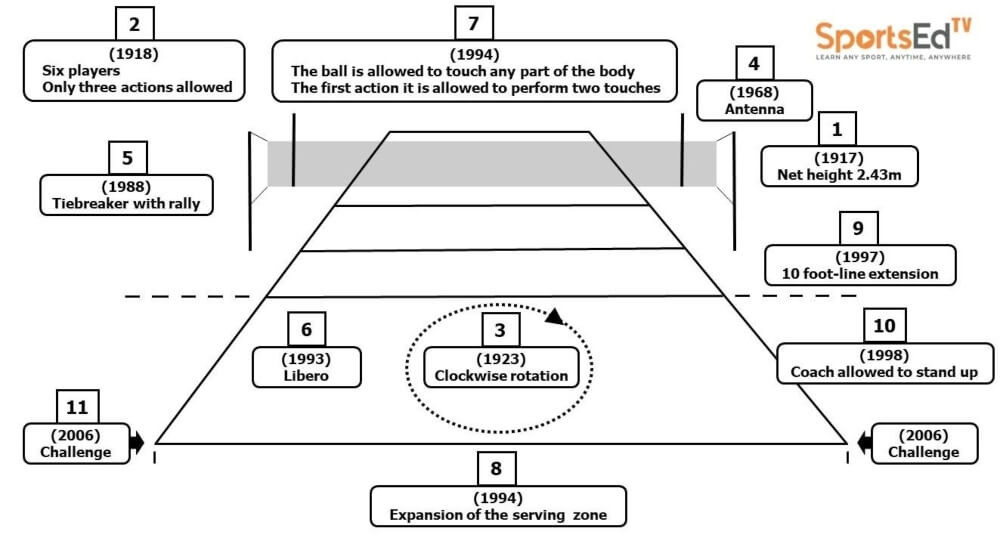
Figure 2. The foundation of when the rules impacted the game across history.
Conclusion
Analyzing the rule changes across history is a challenging task but the rules of the game do affect the way volleyball is trained and performed (Da Matta, 2004). As revised in our previous blogs, the main idea of volleyball is to volley the ball across a net attempting to elicit an error on the opposing team, in this case, forcing the ball to touch on the opponent’s court while preventing an error or that the ball fall in your own side of the court.
Therefore, the main tactical goal is to place the ball in empty spaces or as fast as possible so the opposing team cannot cover that space.
The indoor volleyball court is 18 x 9 meters, and each court is 9 x 9 meters, and 6 players are responsible to cover all of that area. Each court is divided into an attacking and defensive zone which is separated by a 3-meter line. Thus, the attacking zone is 3 x 9 meters, and the defense zone is 6 x 9 meters. Each court is functionally divided into six positions called rotation positions. Position 1 (P1) is the right-back area, Position 2 (P2) is the right front area, Position 3 (P3) is the center front area, Position 4 is the left front area, Position 5 (P5) is the left-back area and Position 6 (P6) is the middle back area. In relation to its space volleyball has a higher people density per space than any other sport but remember that its purpose is to not let be ball touch the ground!
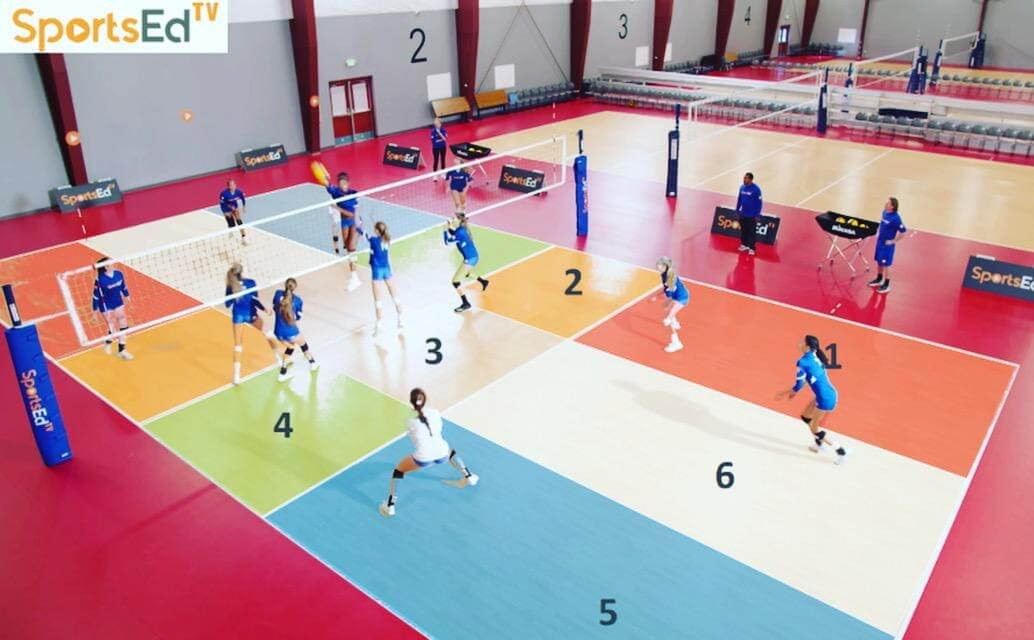
Figure 3. The volleyball court is divided into six positions.
References
- Da Matta, G. (2004) The influence of deliberate practice and social support systems on the development of expert and intermediate women volleyball players in Brazil. University of South Carolina, Michigan Electronic Library.
- Da Matta, G. & Turner, E. (1999). Spectator demographics and the impact of the rally scoring system and other possible rule changes on spectators at Intercollegiate women’s volleyball tournament. Coaching Volleyball Magazine. March. p.17.
- Da Matta, G. (2015) Deliberate Practice Concepts. In Reynauld, C. (Ed.) The Volleyball Coaching Bible, Vol.II, American Volleyball Coaches Association, Human Kinetics, Champaign, IL.
- Da Matta, G. (In Print). (Editor) 21st Century Volleyball Expertise. SportsEdTV Publisher: Miami, FL, USA.
Authors
Leandro Dutra, Ph.D. Candidate University of Minas Gerais (UFMG, Brazil). dutraln@gmail.com
Gylton Da Matta, Ph.D. Colorado State University and Volleyball Executive Director SportsEdTV. gdamatta@sportsedtv.com

